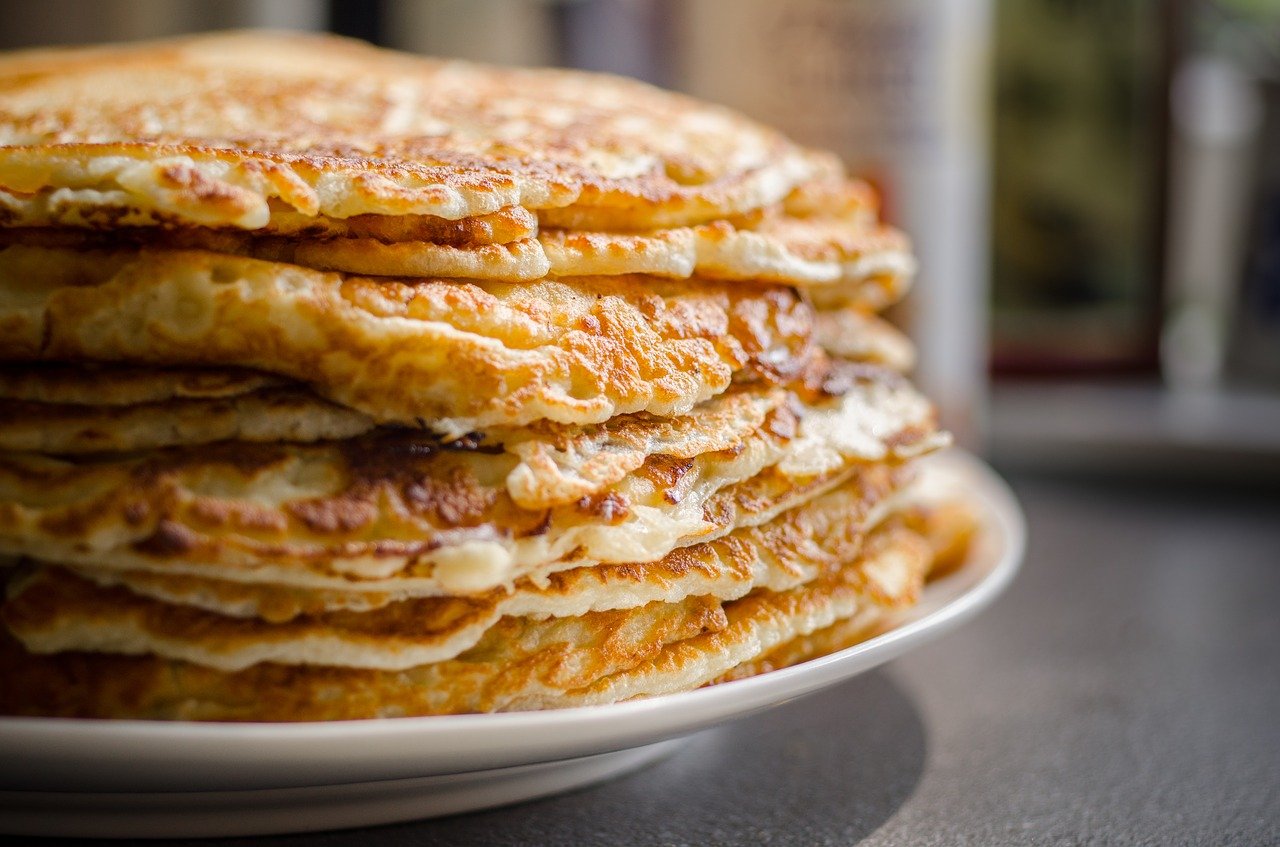Blini (блины) are a breakfast favorite in many Eurasian countries. The most basic recipe involves just flour, milk, and eggs. The resulting very thin pancake can be enjoyed in a variety of ways from sweet to savory. Although the recipe is quite simple, they are somewhat labor intensive to make and thus are often associated with family weekends at home, visits to grandmother’s house, and other festive occasions.
How “Blini” and “Mlintsi” Got Thier Names
The Russian word “блины” originally comes from the older form “млинъ,” which refers to “grind,” the process that creates flour. This old form is preserved in “млинці,” the Ukrainian word for the same pancakes. The Ukrainian, although using a now-archaic root, refers clearly to something derived from something else – in this case, using the same suffix that we see in “американець,” or “someone from America.” The old root “млинъ,” is also the root of “мельница” (mill) in Russian. Exactly why the consonant shift in Russian occurred has been lost to history – but such consonant shifts are fairly common in languages as they evolve.

The original direct association with flour likely comes from the fact that foods such as blini are the simplest way to cook flour and thus were probably the first. Thus, Russian blini are an example of one of mankind’s oldest prepared foods: fried flat bread. The simplicity of the food helps explain why we see diverse variations across nearly every culture. Although Russians will nearly always translate “blini” as “pancakes” when speaking English, ultra-thin, slightly tart Russian blini are more akin to French crepes and German blintzs than thick, sweet American pancakes. The Mexican tortilla is also similar as is the Chinese jianbing. All of these foods can be traced back to ancient times and many evolved independently of each other.
Looking more widely at Slavic names, besides the Belarussian бліны, most other Slavic languages use a word similar to the Slovak palačinke, which refers to something flat and smooth.
Incidentally, the singular of “блины” is “блин” in Russian and the singular of “млинці” is “млинець.”
In Russian, the word “блин” has also become a pejorative expletive. This use can only be traced back to about the 1960s and perhaps first came from a shortening of the phrase “блин горелый,” (burned blin) which can be used to refer to any failed undertaking. It has likely stuck because it sounds much like one of the most offensive swear words in the Russian language. Thus, it is similar to “shoot” or “suck” in English when used in this way.
Using “блин” as a word for a failed undertaking is perhaps understandable from the fact that although the recipe is quite simple, making them is famously harder than it looks. There is an often-used Russian saying that “первый блин комом” (the first blin is a lump), which directly correlates to “try, try again” in English. The saying comes from a longer piece of wisdom that says: “первый блин комом, блин второй — знакомым, третий блин — дальней родне, а четвертый — мне” (the first blin is a lump, the second is for your acquaintances, the third give to your distant relatives, and the fourth – to me).
How and When Blini Are Eaten
Blini can be eaten with a variety of toppings and fillings, including sour cream, cottage cheese, jam, honey, caviar, minced meat, or fish. They will often be served with the fillings and blini served separately so that each person can assemble them as they want.

Although they are common, they are fairly labor-intensive to make, and thus have typically been reserved for special weekend breakfasts or other special occasions.
Blini are most significant during Maslenitsa, a week-long festival celebrated before Lent. This festival, often referred to as “Russian Mardi Gras,” “Pancake Week,” or “Cheese-fare Week,” symbolizes the farewell to winter and the welcoming of spring. Blini, with their round, golden appearance, are symbolic of the sun, embodying warmth and light. During Maslenitsa, it’s customary to eat blini daily, symbolizing unity with nature and the cycle of life and seasons.
The importance of blini to Maslenitsa was immortalized by none other that Alexander Pushkin:
Они хранили в жизни мирной / In peaceful life they protected
Привычки милой старины; / Sweet olden-time traditions;
У них на масленице жирной / With them on fatty Maslenitsa
Водились русские блины. / Was always the Russian blin.
А.С. Пушкин / A.S. Pushkin
With industrialization and the development of a service economy, blini have become much more common. They can be found in many Russian restaurants and one Russian fast-food establishment, Teremok, has even been very successful in specializing in them and other Russian traditional foods. Blini can also be purchased frozen or refrigerated in stores.
Even with the convenience of mass-produced blini, it is nearly universally agreed that fresh blini are the best – with those made by your grandmother topping the list.
How to Prepare Blini

The most traditional blini in Russia are made with buckwheat flour and are yeasted. However, this finding blini made like this today are rare. The yeasting process will give a slightly gummier blin that often has small holes due to the aeration the fermentation provides.
One hack to achieving this faster used by some Russian chefs is to add a small amount of carbonated water, preferably something like Borjomi, to the mixture. However, many now prefer a simpler recipe without aeration as a porous blin will obviously not be as effective at holding fillings. Those that argue in favor of aeration usually point out that adding too much filling dilutes the taste of the blin, reducing it to a filling-delivery mechanism rather than a delicacy in and of itself.
Blini are cooked on a flat pan meant to be hot and to be hot evenly. This means that the batter needs to be poured quickly and spread quickly if the blin is to cook evenly. Because the pan is hot, the blini will cook quickly and are easily burnt. Often, experienced chefs will have two pans running at once. The cooked blin is flipped to the second pan and new batter added to the first. The wait time before the process is begun again is quite short.
Blini recipes!
(Давай приготовим!)
See below for a recipe for Russian blini. If you are interested in cooking from Russia, Ukraine, Georgia, and other places in Eurasia, make sure to see our full, free Eurasian Cookbook online! You might also be interested in the following specialized cookbooks we’ve enjoyed:
 |
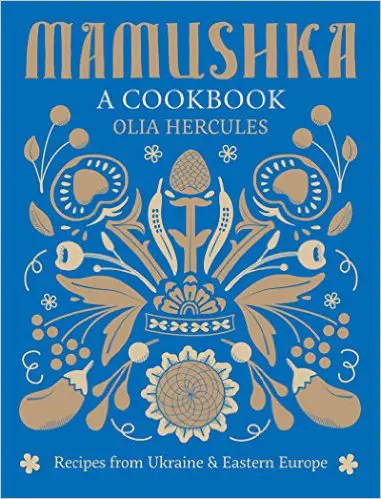 |
 |
 |
Russian Blini Recipe
Ingredients:
- 2/3 cup warm milk
- ½ tsp honey
- 1 pkt dry yeast
- 2 tbl melted butter, cooled
- ½ cup flour, plus 2 tbl flour
- 1/4-cup-buckwheat flour
- 1 pch salt
- 2 eggs, whisked together
- 1 potato, cut in half
- vegetable oil or butter for frying
Preparation: Combine milk, honey and yeast in a medium bowl. Whisk together and let stand until foamy. Stir in cooled butter. In a separate bowl combine the flours and salt. Make an indentation in the center of the dry mixture and stir in liquid mixture, slowly, until blended. Without stirring vigorously, blend in whisked eggs just until combined. Cover and let rise at room temperature for about 1½ hours or until doubled in volume.
Cooking: Heat a flat-bottomed skillet (or a blini, crepe, or plett pan) over medium-high heat. Dip the halved potato in oil, or coat with butter and grease the pan lightly (this is the traditional way, a paper towel or oil brush may also be used). Pour some batter in the pan. Some chefs use a special “blini roller” to spread the batter evenly and paper-thin, otherwise, move the pan while pouring to help spread the batter, or make very small blini, which will be able to spread themselves (use about 1 tbl). When the blin is golden brown on its underside (should happen in under 1 minute), flip over and brown the other side. Repeat.
Presentation: Blini are remarkably versatile and may be served with nearly anything from caviar to salmon to cottage cheese to sour cream to jam to honey. Place your filling in the center of the blin. For larger blin, fold once in half, then thrice lengthwise to form a small triangle.
Our Favorite Blini Videos
To show you how easy this is – here’s a Russian-American kid walking you through the process of making blini – in English!
In this short video, a Russian-speaking chef shows how to cook blini and with numerous subtitles available – including English. Click the “cog” icon to turn English on.
You Might Also Like

Kupala: Ancient Slavic Midsummer Mythology and its Modern Celebration
Kupala is an ancient Slavic holiday celebrating the summer solstice, or midsummer. Once part of a series of annual rituals, it marked and was believed to sustain agricultural cycles—essential to early human survival. Held as vitally important, these pagan traditions remained deeply rooted even after Christianization, technological change, and centuries of oppression tried to dislodge […]

Kulich, Paska, Nazuki: The Easter Breads of Eastern Christianity
Easter breads such as kulich, paska, choreg, and nazuki are delicious Easter traditions. Easter is by far the most important religious holiday for those practicing Eastern Christianity. In addition to church services and egg dying, the holiday is also marked across the cultures by ritual bread baking. Despite the wide geographic area covered by Eastern […]
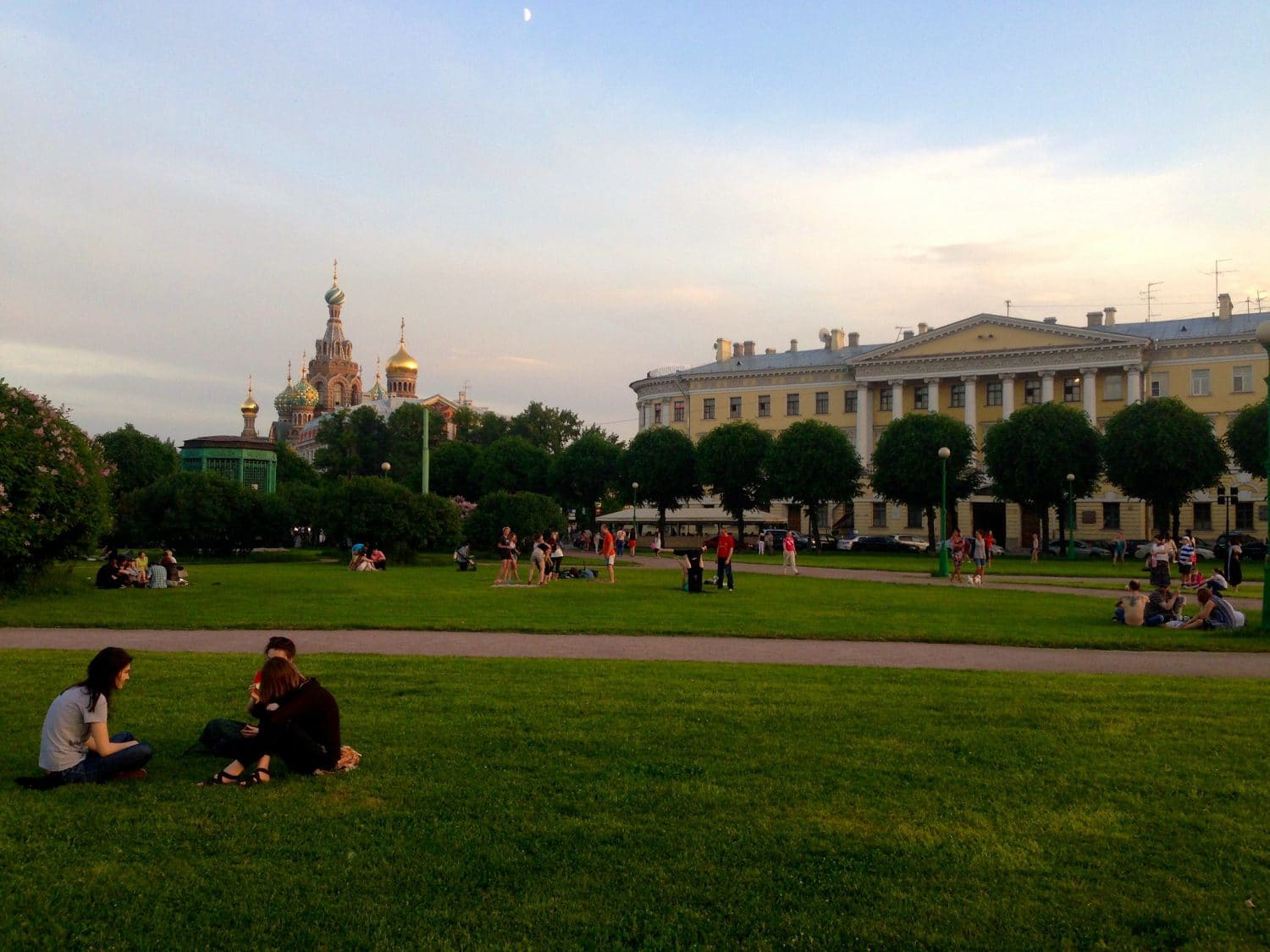
Off to Petersburg, Russia’s Cultural Capital: Моя Россия Blog
Below, Tajik blogger Roxana Burkhanova describes, in Russian, the place of St. Petersburg in Russian culture. She discusses the city’s history as well as its literary heritage, its nightlife, and even how people from Petersburg speak their own, slightly different dialect of Russian. The text was originally written in 2015 and thus references times before […]
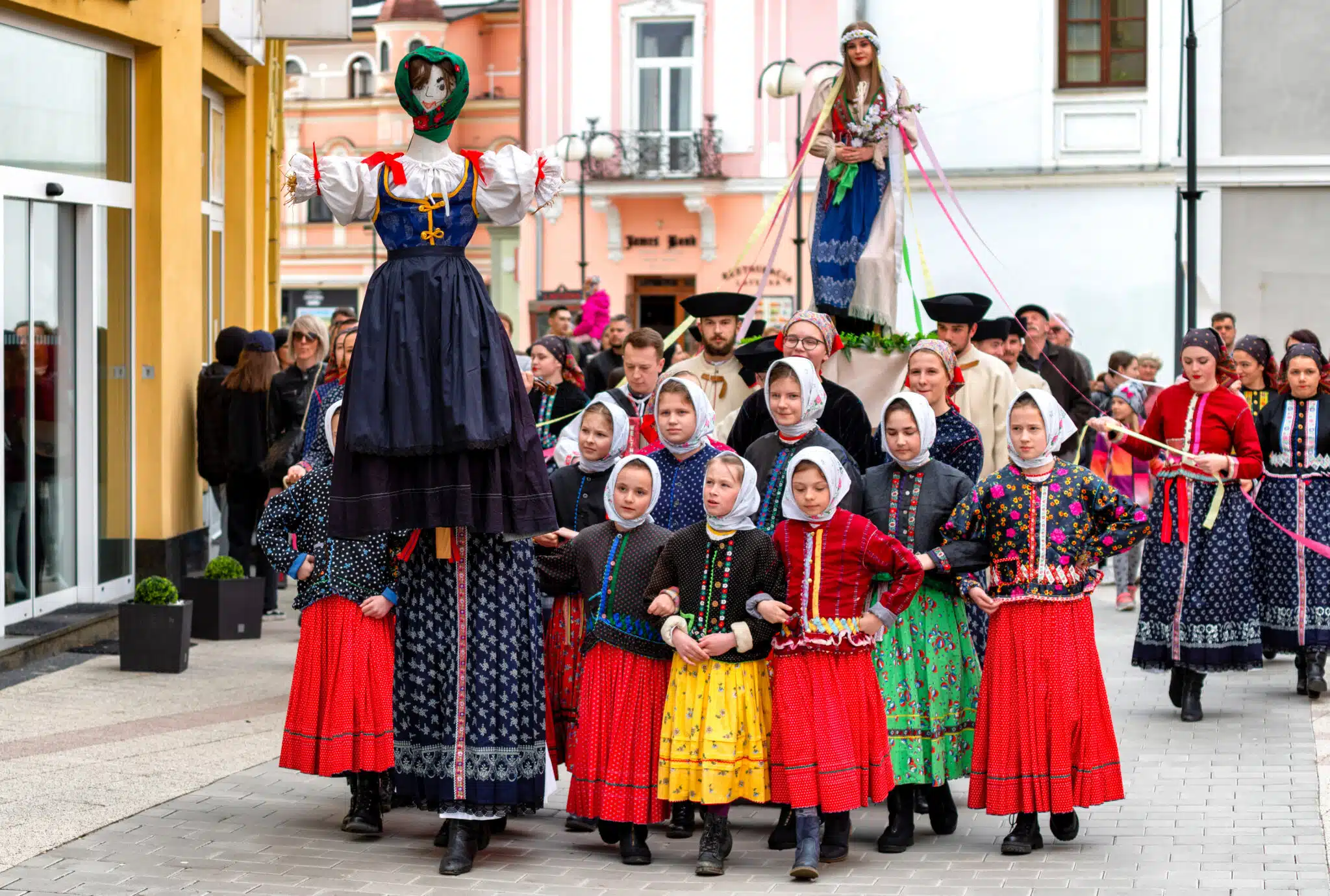
Maslenitsa, Masliana, Meteņi: Spring Holidays of the Slavs and Balts
Rites of welcoming spring and saying goodbye to winter are some of the oldest holidays preserved across Slavic cultures. In the Baltics, the celebrations were nearly lost after being suppressed by Catholic and imperial dominance. Today, Russia’s Maslenitsa is by the far the best-known, but multiple versions exist across the diverse Slavic landscape. In the […]
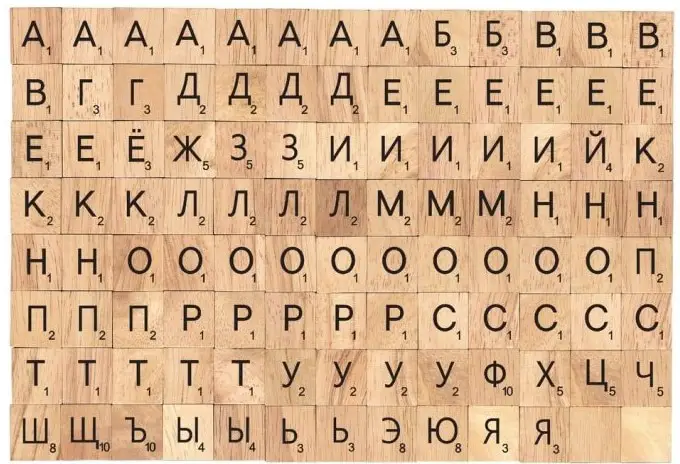
Resources for Students of Russian
This extensive list of web resources to assist students learning the Russian language was developed by SRAS and is now hosted on Folkways, part of the SRAS Family of Sites! Disclosure: Some of the links below are affiliate links. This means that, at zero cost to you, we will earn an affiliate commission if you […]

